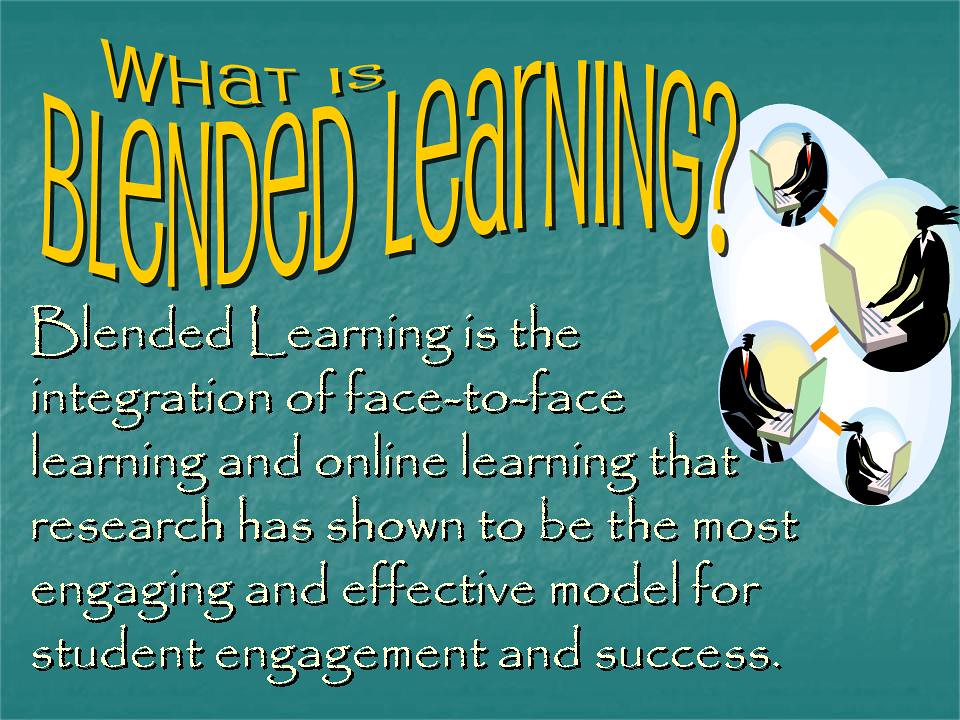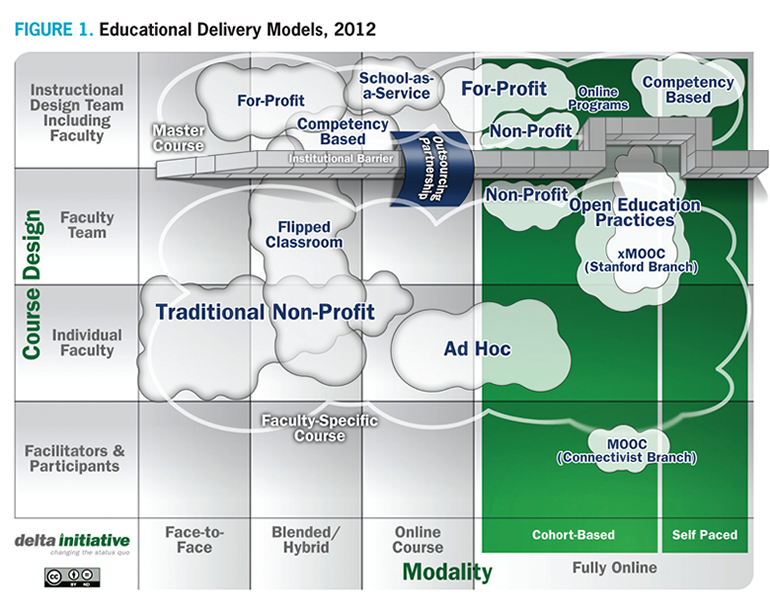
Slowly Evolve
A traditionalist early on in my career, the overhead projector displayed my well thought out transparencies to go along with my lecture. The hands on science activities brought the classroom alive with movement and guided discovery. Pencils/Paper and the use of textbooks engaged the students for a period of time as they wondered about science. An advancement in classroom technology changed my ways from transparencies to google slides as a way to teach my lessons to my students. With practice my lessons became more visual, videos played and the learning became more interactive for the student with the use of an interactive projector. Alas the final piece the connection for students with the technological tool in their hands, freedom from the pencil, but strapped with not enough to go around. Excitement when the laptop cart rolled into the room, disappointment and less engagement when they had to share with a partner. Technology had become a part of education and were weren’t turning back to the age of transparencies.
“Technology on its own is not enough.”
Steve Jobs

A week into E&CI 834 and I wonder so if the above illustration is a decent working definition of blended learning, what on earth does that really mean? What does it look like? How do we know we are accomplishing this model of teaching in our classrooms? As an educator I have brought in what I believed to be a variety of different teaching practices that have incorporated technology into the classroom but has that truly been a model of online learning or simply a method of design. As I read through the course reading by Bates, this week I have discovered that it is more likely that I am adjusting my design rather than implementing a model of learning within my classroom. In order for my learning space to be considered a Blended, HyFlex or Full Online classroom the method in which I implement the course along with the strategies of design would significantly have to change.

Rapid Pivot
A drastic change from face to face – teacher/student daily connection into an online learning model that was not planned for or understood by many. A place that felt disconnected, boring and uneventful throughout the day. In March of 2020 the challenge was forced upon us as educators to create an online learning space where students were engaged and connected with classmates and teachers. However, this new place of learning was not thought out, time was not given to develop a plan or allow students time to practice and establish routine, nor was time given to improve our knowledge base of particular Learning Management System. Simply pivot into whatever felt like it would work was the direction given for my first experience with what might have been a true model of online learning. Diving right into what felt like chaos my teaching partner and I went with Google Classroom and Seesaw as that is what our students were most familiar with. I’ve now discovered that neither of these platforms are true LMS but do work as a decent digital tools that are simple for the teacher, student and parent to access and be involved in a blended or remote learning experience.

Embrace Change
Through what has felt like chaos, opportunity lies ahead. Opportunity to move forward to create an engaging learning space within the constraints of a traditional model (face to face). Having the opportunity to review the Bates model of blended learning the his diagram below has given me confidence that I already do some of this so called “Blended Learning” quite well in my classroom. Moving forward the question becomes how can I improve on my learned skills that I have gained through the pandemic chaos?

The challenges that I feel exist for me as an educator in trying to develop a blended online learning space within the walls of my classroom are as follows.
- Developing a working definition of blended learning.
- Time to invest in learning more about the LMS that exist and then designing a course that would utilize that LMS.
- The need for technology and data to be in the hands of all my students.
- The willingness of the school board to be more flexible with programing and scheduling.
- Time to develop the interest of both the student and the parent of such a course.
- Fostering connections with like minded colleagues to develop a COP.
- Learning to connect with students via online platforms while still feeling connect.
As I continue to discover the modalities and designs that can be put in place to develop an effective online learning classroom I encourage educators to take risks. Not everything is going to work out the way we plan it. With risk we grow and learn together.
Further thought and discussion to be had.
